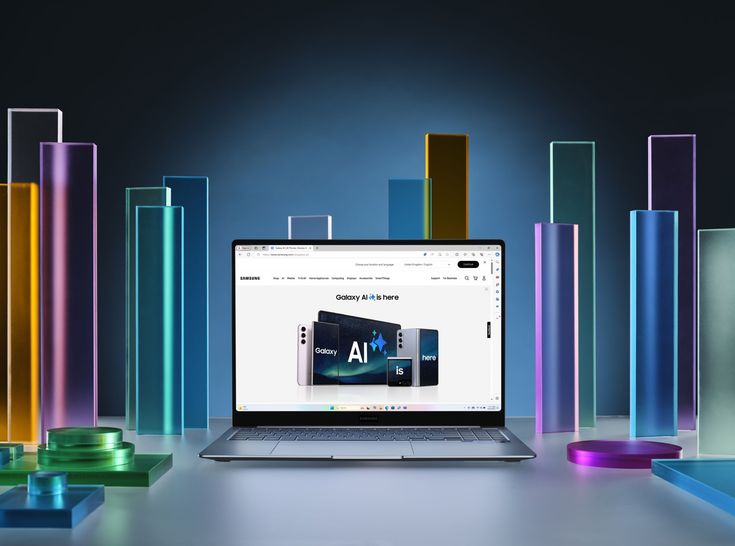Introduction: Why Conversion Rate Optimization (CRO) Matters More Than Ever
You’ve spent time and money driving traffic to your website — but how many of those visitors actually convert into paying customers, subscribers, or leads?
This is where Conversion Rate Optimization (CRO) comes in.
CRO is the science and strategy of turning more of your existing website traffic into valuable actions, such as purchases, signups, or downloads — without increasing your ad spend.
In this guide, you’ll learn:
- What CRO really means
- Why it’s essential for business growth in 2025
- The top CRO strategies you can implement
- Tools that can help improve your results
What Is Conversion Rate Optimization (CRO)?

Conversion Rate Optimization (CRO) is the process of systematically improving your website or landing page to increase the percentage of visitors who complete a desired action (also known as a conversion).
That action could be:
- Buying a product
- Filling out a form
- Signing up for a newsletter
- Clicking a specific button
- Downloading an app or guide
The conversion rate is calculated by this formula:
Conversion Rate (%) = (Conversions ÷ Total Visitors) × 100
So if you get 1000 visitors and 50 of them buy something, your conversion rate is 5%.
Why CRO Is Critical for Business Success in 2025
- 🚀 Higher ROI from existing traffic – No need to spend more on ads.
- 📊 Data-driven decision-making – CRO is based on analytics and user behavior.
- 📉 Lower cost per acquisition (CPA) – More conversions for the same ad budget.
- 🛍️ Improved user experience (UX) – A smoother experience leads to more sales.
- 📈 Scalable growth – Once optimized, your funnel becomes a growth machine.
Key Elements of an Effective CRO Strategy
1. Website Speed and Mobile Optimization
A slow or poorly optimized website can destroy conversions.
- Use tools like Google PageSpeed Insights
- Make your site fully responsive and mobile-first
- Compress images, use lazy loading, and reduce code bloat
2. Clear Calls to Action (CTAs)
Your CTAs should be:
- Clear and action-oriented (“Buy Now,” “Get Your Free Trial”)
- Visually distinct with contrasting colors
- Strategically placed above the fold and at key scroll points
3. Simplified Navigation and UX
Avoid confusion. Make it easy for users to find what they need.
- Use clear menus, breadcrumbs, and filters
- Reduce unnecessary steps in checkout or sign-up processes
- Minimize form fields — ask only what’s needed
4. A/B Testing and Multivariate Testing
Test different versions of:
- Headlines
- Button colors
- Page layouts
- Product images
- Pricing structures
Use tools like Optimizely, VWO, Google Optimize to test and improve performance.
5. Persuasive Copywriting
Your content should:
- Focus on benefits, not just features
- Use social proof (testimonials, reviews, user stats)
- Create urgency with limited offers and countdowns
Top CRO Tools to Use in 2025
| Tool Name | Best For |
|---|---|
| Hotjar | Heatmaps & user behavior tracking |
| Crazy Egg | Scroll maps, session recordings |
| Google Optimize | A/B testing & personalization |
| Unbounce | High-converting landing pages |
| HubSpot | All-in-one marketing automation |
Common CRO Mistakes to Avoid
- Ignoring mobile users
- Making CTAs too generic
- Overloading pages with text or popups
- Not tracking micro-conversions (e.g., button clicks)
- Skipping A/B tests before making changes
CRO Success Case Study Example
Brand X had a 1.5% conversion rate. After:
- Reducing form fields from 7 to 3
- Improving CTA placement
- Adding testimonials and trust badges
They saw a jump to 3.9% conversion rate — more than doubling their monthly revenue without increasing traffic.
Future CRO Trends to Watch in 2025
- AI-powered personalization – Show unique content based on user behavior.
- Voice search optimization – Especially for mobile ecommerce.
- Interactive elements – Quizzes, chatbots, and guided selling tools.
- Hyper-local CRO – Adapting content by region and language.
Conclusion: Start Optimizing Today
CRO is no longer optional — it’s essential. You’ve already worked hard to bring users to your site. Now it’s time to make sure they take action.
Start small:
- Run one A/B test
- Optimize a single landing page
- Track and learn from your data
Over time, those small tweaks lead to big results.
So, are you ready to optimize your conversions and grow smarter in 2025?




